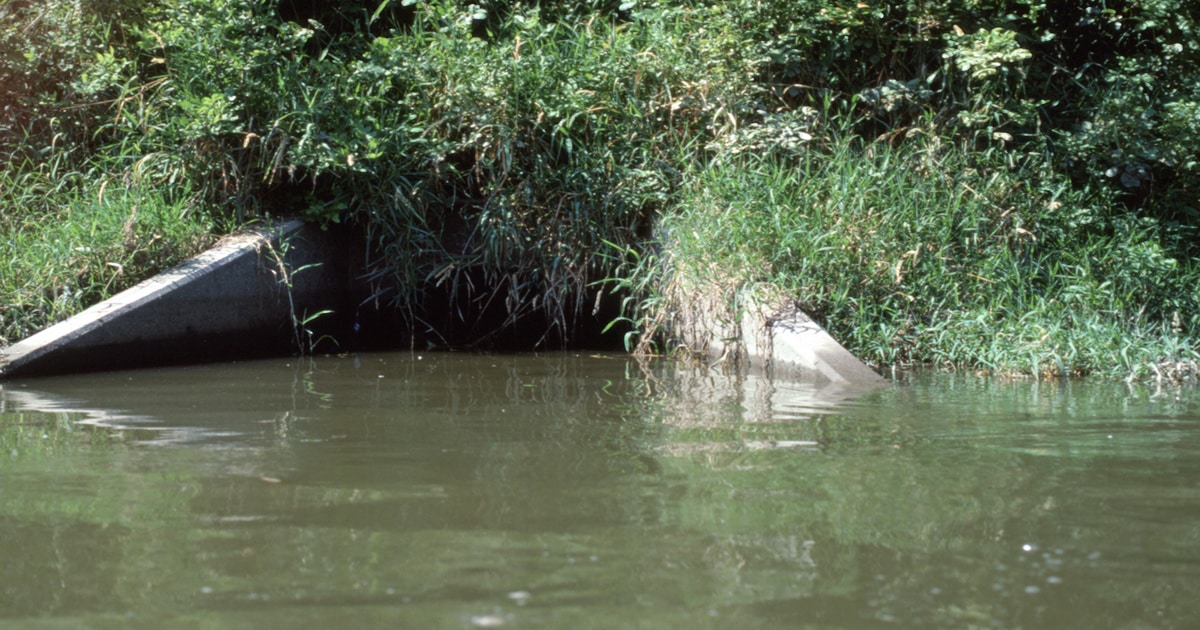Clean Water Act 101
The Clean Water Act was passed by Congress in 1972. It primarily regulates what are called “point sources,” which are discharges of pollution from pipes into natural waters that require permits. For everything else—so-called “nonpoint source pollution” or polluted runoff—the Clean Water Act encourages states to adopt pollution controls. The Act also sets up a regulatory infrastructure that identifies acceptable levels of pollution, identifies where those levels are exceeded, and develops plans to clean up those unhealthy pollution levels.
Water Quality Standards
The foundation for Clean Water Act programs is the water quality standards that are established by the states, or the U.S. Environmental Protection Agency (EPA) where states fail. In a process referred to as the “triennial review,” states review and update their standards. They submit these to EPA, which must approve or disapprove the standards. If states refuse to fix their standards, EPA must step in and act.

Assessing Whether Water Quality Meets Standards
States are required to collect water quality data and information on the state of waters and support of designated uses across the state. The Clean Water Act requires states, or EPA where states fail, to compare these data to the water quality standards every two years. The result is a list of waters that violate the standards— that is they have levels of pollution that is unhealthy for people and other living things. This list is called the “303(d) list,” based on the section of the Clean Water Act that requires it. As with water quality standards, states must submit this list to EPA for approval or disapproval. If EPA disapproves the list, EPA must then fix it.
Devising Plans to Clean Up Polluted Waters
After a state identifies waters that violate water quality standards, it is required to develop science-based clean-up plans for those waters called “Total Maximum Daily Loads” (TMDL). A TMDL generally applies to a specific waterbody and specific pollutant although some are done at a watershed or even basin scale in order to take account of the cumulative pollution inputs across large landscapes. A TMDL first determines how much of a pollutant can be allowed into a waterbody each day given that the safety of pollution is generally calculated as a concentration. For example, a TMDL for dioxin discharged to the entire Columbia River Basin determined that not more than about the size of two aspirin tablets of dioxin could enter the system without causing a violation of water quality standards. For other pollutants, a daily load would be measured in pounds or tons.
After determining that daily load, the TMDL must allocate responsibilities for cleaning up the excess pollution. If coming up with the daily load is like baking a pie, the allocation is like cutting the pie and handing around the pieces. Pollution sources that get a big piece may have to do a lot less to clean up their pollution than those given a tiny sliver. Those allocations are then incorporated into the permits that the state issues to point source dischargers of that pollutant. Amounts given to point sources with permits are called “wasteload allocations” and amounts given to polluted runoff from nonpoint sources are called “load allocations.”
The smaller the allocation to nonpoint sources, the bigger the allocations are to dischargers regulated under permits. States are required to demonstrate that when they allow more pollution from permitted sources they have a reasonable basis for concluding that nonpoint sources will control their pollution. This finding is called “reasonable assurance.” Generally states grossly exaggerate predictions of reductions in polluted runoff through their inadequate programs for controlling pollution from such sources as farms and logging.
Pollution Discharge Permits
Pollution sources that discharge from a pipe or similar conveyance are called “point sources” and they require a discharge permit from a state agency or EPA. These so-called NPDES permits are issued for five year periods although they remain in place once they have expired. NPDES permits are required to ensure that a minimum level of treatment technology is being used to reduce pollution and that additional treatment is done where it is required to keep water pollution below unhealthy levels established in the water quality standards.
Controlling Polluted Runoff
The Clean Water Act leaves the control of polluted runoff from nonpoint sources to the states. Most states forgo regulatory programs and claim, instead, to use voluntary programs to curtail pollution from such sources as farms, grazing, logging, and mining. These programs rarely work. Section 319 of the Clean Water Act requires states to identify what so-called “best management practices” (BMPs) they will use, what programs they will use to implement them, and when they will be implemented. EPA approves state plans that utterly fail to meet these basic legal requirements.
